review: DxO Photolab 6
2023.08.06 (updated : 2023.08.27)
I've now been using DxO PhotoLab for several months, and I've found it nothing short of a revelation. I credit this software with eliminating any interest in considering new camera hardware, as I've come to realize that between my existing Olympus gear and this software, I can do everything I want with my photos.
I've used a variety of other photo editing software packages over the years, including Lightroom of course but also freeware on both Windows and Linux. I have in the past always struggled to get the look I wanted in my photos, but I'm now struggling no more.
This software is well worth the price because of what it delivers. It's by no means perfect, but I really appreciate what DxO has done with not only the usability, performance, and extensibility but also the pricing model. By counter-example, I recently tried Adobe's Lightroom CC but found it struggling to manage a tiny fraction of my 600GB++ of photos and as a 30-year buyer of corporate IT solutions, I cannot tolerate the subscription model.
What I want to avoid is an in-depth review of the features. In particular, I want to steer clear of comparing the bells and whistles to other software. After all, this is about results obtained with this software package, not my experience using other (worse) software. So I've decided to focus on just three things:
- What do I do with my photos, meaning which 'corrections' I employ.
- What it was like to learn DxO PhotoLab.
- Results, which can speak for themselves.
What software corrections I use
PhotoLab, like other software, allows you to create presets for your favorite corrections. My preset consists of six automated features:
- DxO Smart Lighting This feature appears under the Light tab and is activated with a toggle. It tweaks the exposure without modifying anything else. I find it a light touch, and generally speaking it respects choices that the photographer made when capturing the image. In my case, that means under exposing - usually to preserve colors. I have used other software that reverses the photographer's choices by clobbering the exposure and that is a real turn-off.
- Contrast Also on the Light tab is the contrast slider. I activate it and I do not set the contrast or microcontrast settings to adjust all my photos by default. The automated settings frequently come to the same values, for instance 0 contrast and 16 microcontrast. I suspect this is in response to the equipment that the software finds written in the file's header. On certain occasions I may tweak them but I am not looking for extremes.
- Color Rendering, in the Color tab, is perhaps my favorite. The software downloads a profile for my camera and I activate that profile to get results that look like the image on the camera's LCD panel. Perfect!
- Lens Sharpness and Chromatic Aberration are two features that I believe are switched on by default. I leave them activated. As you can see in the results below, there are no over-sharpening artfiacts as a result of these tools, so I'm happy to let them do their thing.
- Distortion This feature, in the Geometry tab, corrects for distortion inherent in your lens. I turn it on but occasionally disable it for certain photos. I'm not generally too concerned with distortion in photos, it's part of flattening a three-dimensional world into two dimensions!
So that's my preset. Again: I want photos that are natural in appearance, with plausible saturation and contrast and sharpness. The only other adjustment that comes to mind is the not-infrequent use of a graduated neutral density filter under the "local adjustments" feature at the top of the screen. My micro-four-thirds gear does tend to expose to a washed out sky if I am exposing something that's on the ground, and its slightly diminished dynamic range limits how much detail I can recover. But this filter setting allows me to bring that all back.
learning DxO PhotoLab
I was evaluating different software packages after a failed adoption of the cloud-based version of Lightroom. My needs were: to manage 600++ GB of photos from the past 20+ years in an effective way; to allow rapid improvement in image quality, with the goal being a natural and engaging look; to have flexible workflows that are usable and timely.
What I found in PhotoLab was a logical layout of tools that follow the basic process of editing a photo. Exposure, color, detail, and geometry - followed by "local settings" and "creative". All of this is very natural, and the tools are designed well enough that their use is obvious in almost every case. I quickly found a set of settings that I was frequently using, which I could use in a preset. I also learned which ones not to include in a preset. As with any software, there's a learning curve but I found it easy to get the basics. Where I still struggle, such as with sharpening on export, I have workarounds.
results
I'd like to show some results from my photography throughout 2023. I think these will give you an idea as to the capabilities of the software. I value the vivid, accurate colors, the even exposure, the good detail, and the absence of any glaring software artifacts. All of these were taken on an Olympus EM-5 Mark III camera with one of: a 17mm Olympus or 12-35mm Panasonic auto-focus lens. All of this (humble) gear was correctly identified by PhotoLab. As I'll explain below, this is important.
You can click on any image to see a much larger version.
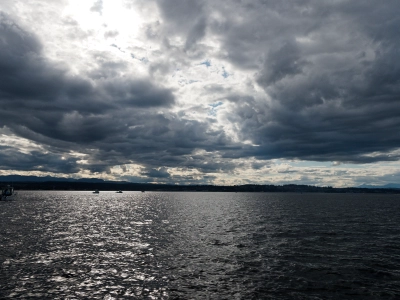
This is an accurate depiction of the sky and sea. I'm very pleased with the texture of the water and the clouds. And I'm pleased that the software didn't try to undo my underexposure "because 18% grey".
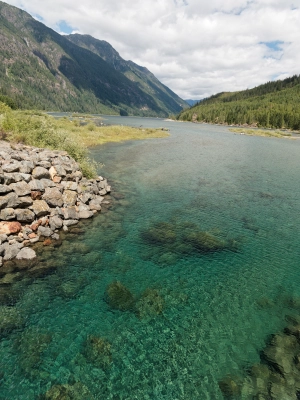
I'm very happy with the colors and the textures. But I also like the way it's rendered the depth in the water, rocks, the lake surface, the distant hill, and even the sky.
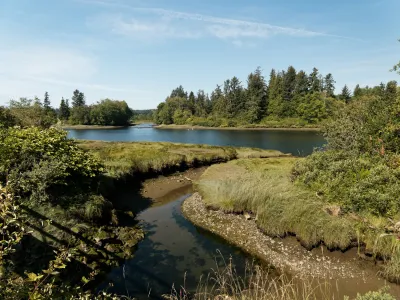
This is a very accurate portrayal of the scene. I like the contrast, the crispness of the plants, the reflections on the main channel of the river. This is a really good rendering.
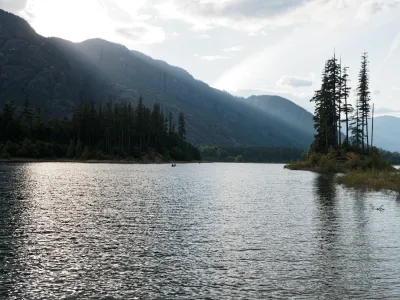
I love that sensation of a rolling wave in the air down the length of the valley.
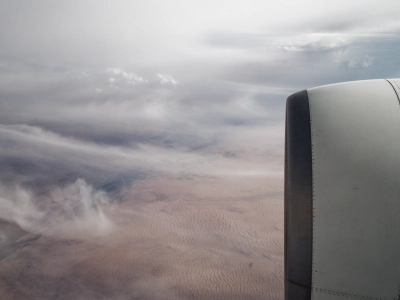
I thought this photo was lost in window glare and atmospheric haze until the DxO software had at it. This kind of image, with artificial glare from a window, is an excellent use of the "DxO ClearView Plus" feature in the Light tab. It's a terrible name (DxO clearly comes from the same school of naming as Microsoft) but it really cuts through things that can obscure an image. I have found that under normal lighting conditions it can render your images extremely high-contrast and unpleasant, so I recommend not using it by default.
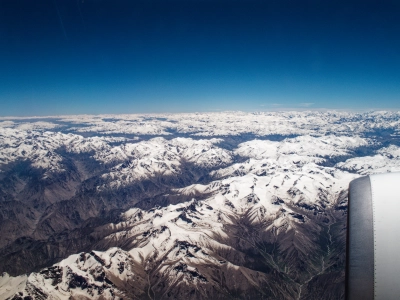
This whole scene is so clear and crisp. I really like the three-dimensional feeling of those many slopes.
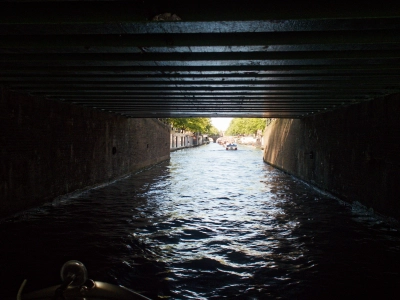
I am very pleased withe details and the delicate tones throughout this. In particular, I'm happy to see the brass things on the boat at the bottom of the frame, the alternating bright and dark water details, and the patterns and textures in the ceiling.
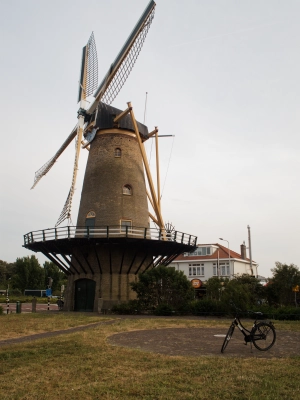
I think this photo correctly conveys the evening colors and haze of this sea-side location in the Netherlands despite some challenging light. It was about 20:15 and there was a good deal of moisture blowing in from the sea. I do note some distortion and wonder how much was introduced by the software.
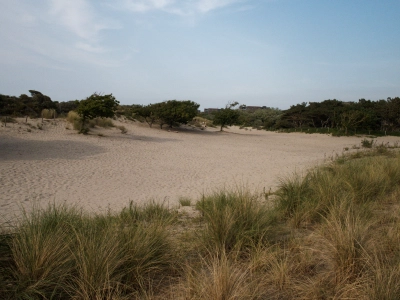
On a hazy evening at the height of summer evening light (it was June 20th) I took this photo with a slight underexposure to capture the color and textures as best as I could. I think the software handled that very well.
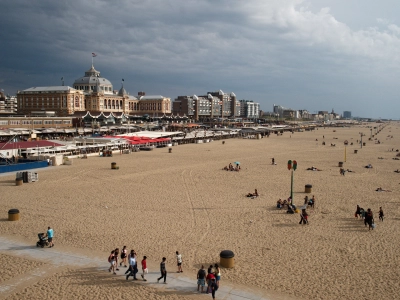
I'm happy with the balance of exposure and contrast in this image. It was around 19:30 on a Sunday evening and some weather appeared to be approaching from the east.
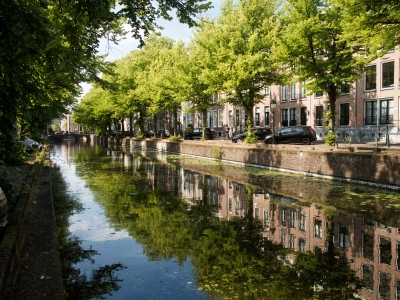
I like the way the season's new leaves have retained their youthful green pop. But the main feature of this story is the concentric arrows pointing to the distant bridge. The exposure of each of the alternating light and dark bands is appealing.
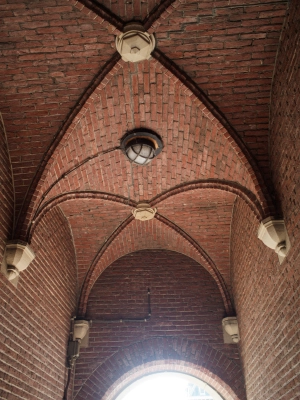
Between the camera and the software, I think this image shows an optimal balance of tones and textures across a good deal of exposure values - the highlight at the very bottom is completely blown outa and there is substantial glare but I think it just chases your eye back to the tasty brick.
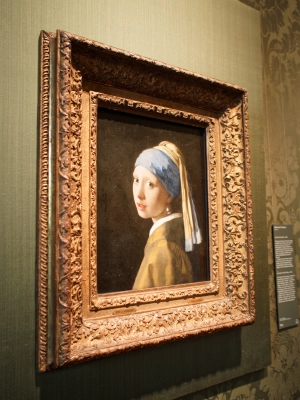
I feel that this did a great job with the colors. It might be a touch overexposed but generally the tones and textures are very well maintained.
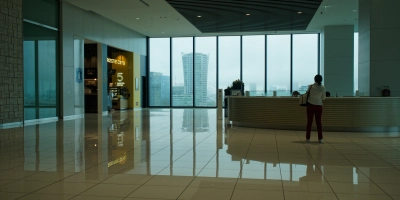
This is how the scene looked.

Flash exposure can introduce its own issues, but I think this did a fine job balancing the exposure across the board.
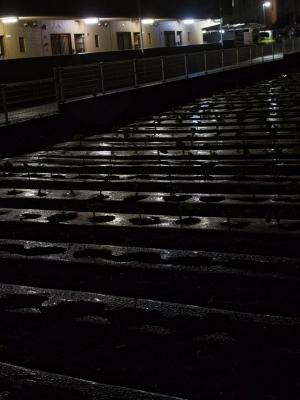
The camera has several stops of in-body image stabilization capability. The software delivered this excellent exposure. I don't have to tell you there are several ways this could go wrong.
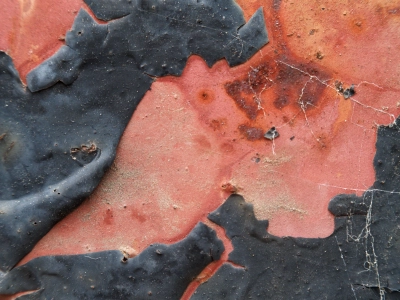
Great colors, contrast, and details. Nothing looks over-sharpened, nothing has weird contrast outline/clouds.
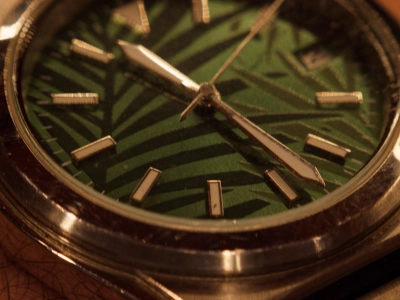
Good contrast, colors, and texture.
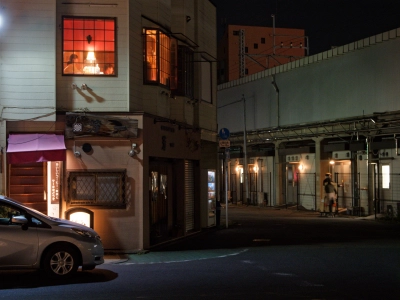
Nothing is under- or over-exposed. Post-sunset is a very common time of day for me to shoot in Tokyo as the sun is usually down early in the evening (unlike, say, Calgary or the Netherlands). It's also not terribly demanding photography as the dynamic range is low and exposure is usually only on one subject.
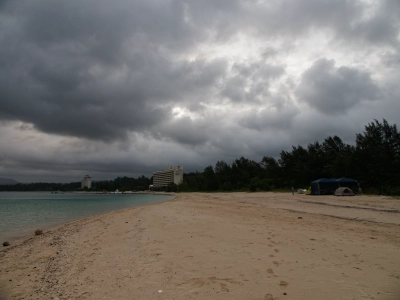
It was a dark and stormy dawn, and I think this image as rendered by the software almost captures the elements correctly. Looking at it, I can still recall the feeling of the damp sand and the air being pregnant with rain. But there's a touch of unreality to the image that reflects the "Photo Labs look" I refer to in this review.
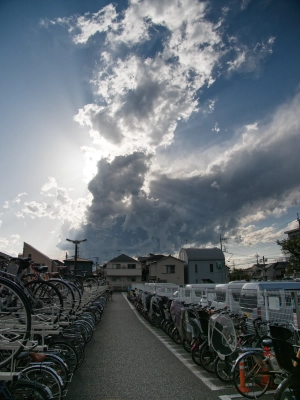
For this one, I applied at least one stop of exposure via the graduated ND filter. During Japan's rainy season, you can see some pretty unusual skies, and I wanted to capture the interesting way the sunlight was pouring through and around the cloud. Needless to say, my micro four thirds camera underexposed the ground substantially. It that gear's credit, the detail was all preserved and this software was able to bring it out.
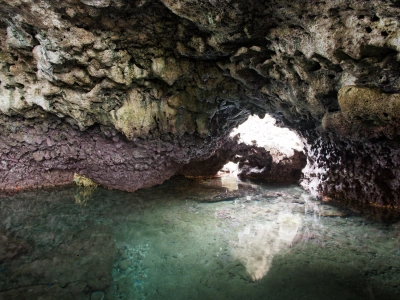
This was taken inside the "Mermaid's Grotto" in Okinawa. I wasn't sure that the camera and software combo would do this scene justice. But then, I never imagined that I'd be in a grotto! Anyway, I love the colors.
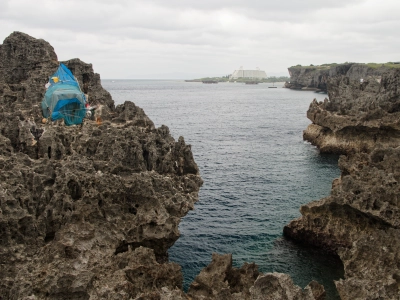
It was a low-contrast scene with hazy overcast and a flat sea. But I'm very pleased with the delicate contrast in the rocks, the hint of color in the water, and the way the battered color of the tent comes through.
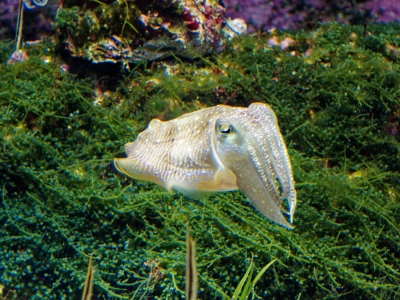
I used the "DxO ClearView Plus" feature for this one. Cuttle fish are amazing creatures and this one was drifting through a seemingly endless combination of patterns as it slid along the greenery at an aquarium.
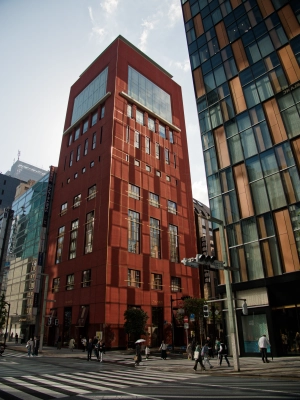
This shows the effect of the software's anti-distortion efforts fairly well. As I've said, I don't mind a bit of distortion and there's only so much you can do with an affordable zoom lens at its widest. And in the end I like the way this building's apparent swell and lean lend itself to the colors, textures, and lines. Thanks, DxO!
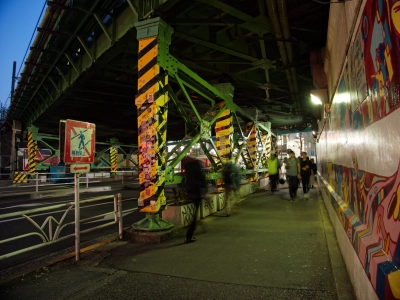
Tokyo has unusual street lamp colors but I love it when they're captured correctly.
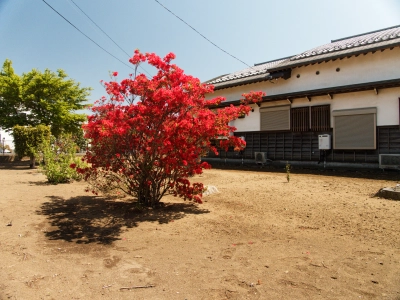
Despite the software's efforts you can see some vignetting in the corners of this one. My lens is billed as having a zoom range of 24-70mm (equivalent) but I think they should have capped it at 26mm or maybe 28mm. Also, you can see a certain flatness to the exposure in this one. When I talk about this software producing images with a certain look, this is what I mean.
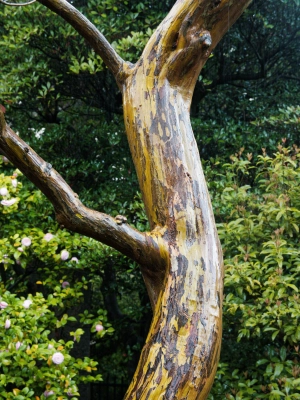
I was quite pleased with how the colors and shapes emerge in this one. Again, the Smart Lighting feature is doing most of the work, here, and I think it's a light touch that works quite well. The camera-specific automated Color Rendering feature is dialling in the colors beautifully. I did no further manipulation.
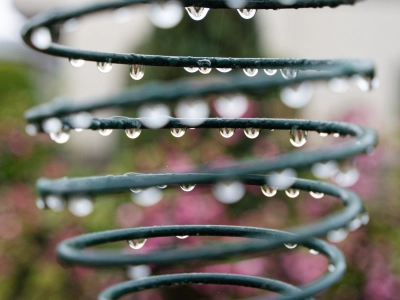
Love the contrast, the exposure, the color. And the three-dimensionality, if that's a word. To my mind, the processing of an image should just get out of the way, and I think that's what's happened here as with most of these photos.
recap
As you can see, I'm not looking for any unusual looks, or drama or flashy results. I just want software that can produce images that look as good as the raw photos made by my trusty camera can be. Given that some of the photos above were taken with some serious dynamic range or through the window of an airplane, I'm very pleased with how things look pretty much out of the gate with this software. I like what it does to correct for barrel distortion with my Panasonic lens, and I like the ability to make a few presets and then apply these in batch without worrying how they will take the photos too far from the original.
stuff that just works
It automatically picks up new files in your working folders, it automatically generates previews, it automatically detects your equipment, and it even automatically applies corrections for known lens distortions. The latter is smart enough to know not only the lens but that the focal length matters as well in such calculations.
where the software struggles
I find that the software produces images with a certain look. It's not that you can immediately tell which tool was used to process the photos, but rather that you get used to seeing a certain type of exposure and a certain vibrancy. I suspect the software's flattening the exposure in order to produce images in accordance with whatever algorithm it's pursuing. I'm keeping an eye on this because the natural world doesn't have that effect and I'm striving for a natural effect most of the time.
For the life of me, I can't get a sharp export from this photo at anything other than a full-sized export. I therefor use IrfanView to make a 1500x1200 sized main image (which you see above) and use cwebp on the command-line to make the 400x300 mobile-friendly version and the 226x170 thumbnails used on both laptop/desktop and mobile clients. I find this a bonkers solution for a bonkers problem, but I can (obviously) work around it.
And that's it!
hardware recommendations for DxO PhotoLab
The first PC I used with this software was an ex-corporate Dell rebuild from fifteen years ago. It ran fine, but I found that all operations like preview thumbnail generation and exports tended to lag if I had more than twenty files in one folder. So, I started storing my photos twenty to a folder. That system ran on a SATA SSD drive and 16GB of RAM. The GPU, if I could call it that, was a GX 1030 (with 2GB of GDDR 5 RAM - not GDDR 4). My only real problems with Photo Labs on that system was that the system fans tended to be loud because of the cramped internals and the poor thermals of the first-gen i7-870 CPU.
I'm now running on a less ancient i7-7700k system that I brought back from Canada in 2022. I doubled the RAM to 32GB and upgraded to an M.2 solid-state drive for faster reads and writes. I bought these inexpensive upgrades because I had a significantly upgraded CPU so I wanted to eliminate any further bottlenecks. However, I have discovered that DxO Photo Labs does not use enough RAM to warrant going above 16GB. Moving to a 7th generation CPU was certainly a big improvement, as this cpu has 2x or 3x the performance over the older one, at least on the benchmarks I've found.
I haven't tested running PhotoLab without a discrete video card on my PC, but the good people at Puget Systems have tested the similar Lightroom software and found that a powerful graphics processing unit has little impact. My card is in the not-so-sweet spot between a modern card and no card at all, but I suspect the 2GB of GDDR and the modern(ish) if underwhelming processor likely outperform the integrated graphics in my 7th generation CPU. I'm honestly happy with the performance given the age of this system.
BUT, and it's a big but: the software runs just as well on my M1 Macbook Air. Comparing a modern Apple system-on-a-chip to a 5+ year-old Wintel chip from Intel is frankly unfair but a Macbook Air or perhaps an equivalent Mac Mini are all you need to run this software. I'm all the more impressed with DxO for two reasons:
- There's no reason to expect this software to do so well on what is arguably still a new platform, and one not designed for heavy(ish) duty activities like generating lots of photo preview files and exporting files in bulk. I love RISC and SoC and I'm framing my surprise here on the basis that Apple seems to be pushing absurdly expensive solutions like their "Studio" or even their over-architected Mac Pro for this sort of thing.
- I can run my license on one of each. It's like they know people like me are out here!